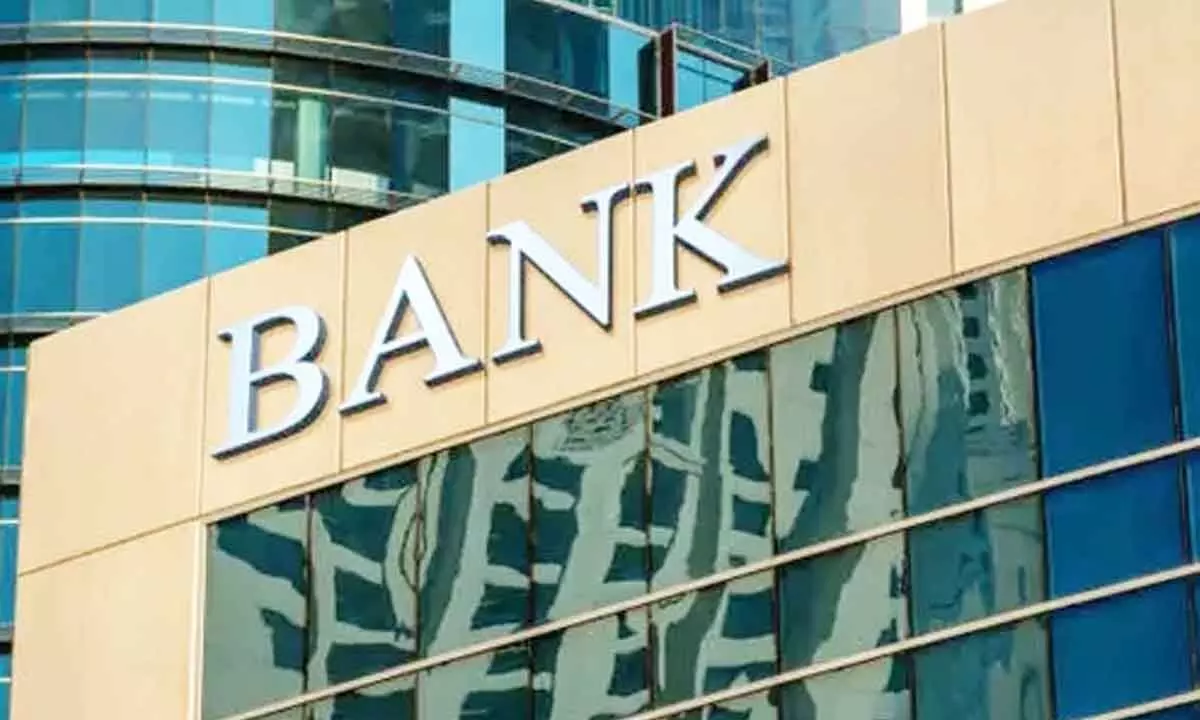Indian banks' operating environment stronger, but structural issues continue to affect: Fitch Ratings
Share :

The operating environment (OE) for Indian banks has strengthened as economic risks associated with the Covid-19 pandemic have ebbed, Fitch Ratings said in a report on Wednesday.
The operating environment (OE) for Indian banks has strengthened as economic risks associated with the Covid-19 pandemic have ebbed, Fitch Ratings said in a report on Wednesday.
Fitch also said other structural issues like lengthy legal process, 'bad bank’ not playing a meaningful role hamper the OE.
While the number of prudential indicators for the sector have also improved compared with pre-pandemic levels, though growing risk appetite in a relatively benign OE highlights the importance of appropriate buffers against potential stress, the credit rating agency added.
Fitch revised its OE mid-point score for Indian banks to ‘bb’ from ‘bb+’ in March 2020, after assessing that the pandemic was likely to worsen the existing OE stresses facing the sector.
According to Fitch, India was badly affected by the pandemic, but the associated risks have now receded.
“Fitch affirmed the sovereign’s rating at ‘BBB-/Stable’ in May and we currently forecast real GDP growth to average 6.4 per cent annually in the three years to March 2026 (FY23-FY25), putting India among the fastest-growing sovereigns in our rated portfolio,” the report said.
The easing of pandemic-related risks has been accompanied by a strengthening of capital buffers. The sector’s average common equity Tier 1 (CET1) capital ratio rose to 13.4 per cent by FYE23, from 10.4 per cent in FYE18.
This partly reflects around $50 billion in cumulative fresh equity provided by the sovereign to state banks since 2015, Fitch Ratings said.
Earnings buffers also appear significant, with operating profits equivalent to around 2.8 per cent of risk-weighted assets by our estimate in FY23, up from 0.6 per cent in FY20.
India’s OE score continues to benefit from the economy’s well-diversified structure, which helps to reduce banks’ exposure to specific sector-focused shocks.
The large size of the economy and India’s favourable demographics should offer banks opportunities to generate profitable business and diversify risk and revenue.
“We further expect banks to benefit from the gradual formalisation of the SME sector, through initiatives such as the Goods and Services Tax and rapid digitalisation (including of payment systems), which will improve the prospects for providing services at acceptable levels of risk to this substantial part of the market,” Fitch said.
Terming the regulatory developments in the Indian banking sector as mixed one since 2020, the ratings agency said the RBI also announced plans to implement expected credit loss provisioning for banks in FY24 as part of a shift to align with IFRS9 accounting standards, although implementation of IFRS9 for banks has already been delayed by nearly four years.
It was introduced for non-bank finance companies in FY19.
The Indian authorities, like many others around the world, introduced wide-ranging forbearance during the pandemic, which obscured banks’ asset quality.
Meanwhile, other structural issues continue to hamper the banking OE. India’s lengthy legal processes remain a major impediment to the implementation of an effective framework for bankruptcy and resolution, and the “bad bank” that was incorporated in July 2021 has not played a meaningful role so far, Fitch added.
The credit rating agency said Indian bank’s loan portfolio has grown 15.4 per cent over FY23 numbers and it is partly due to pent-up credit demand following the pandemic, amid improved capacity for growth, especially among private-sector banks, as well as strong nominal GDP growth.
“We expect some normalisation in FY24, although credit demand has remained robust in 1QFY24. However, rapid loan growth and higher exposure to certain asset classes is also likely to indicate greater risk appetite, amid stiff competition, which could raise sectoral risk if not managed carefully. India’s private credit/GDP, at around 57 per cent in 2022, is already moderately higher than the median for sovereigns in the ‘BBB’ category, of 50 per cent,” Fitch said.


















